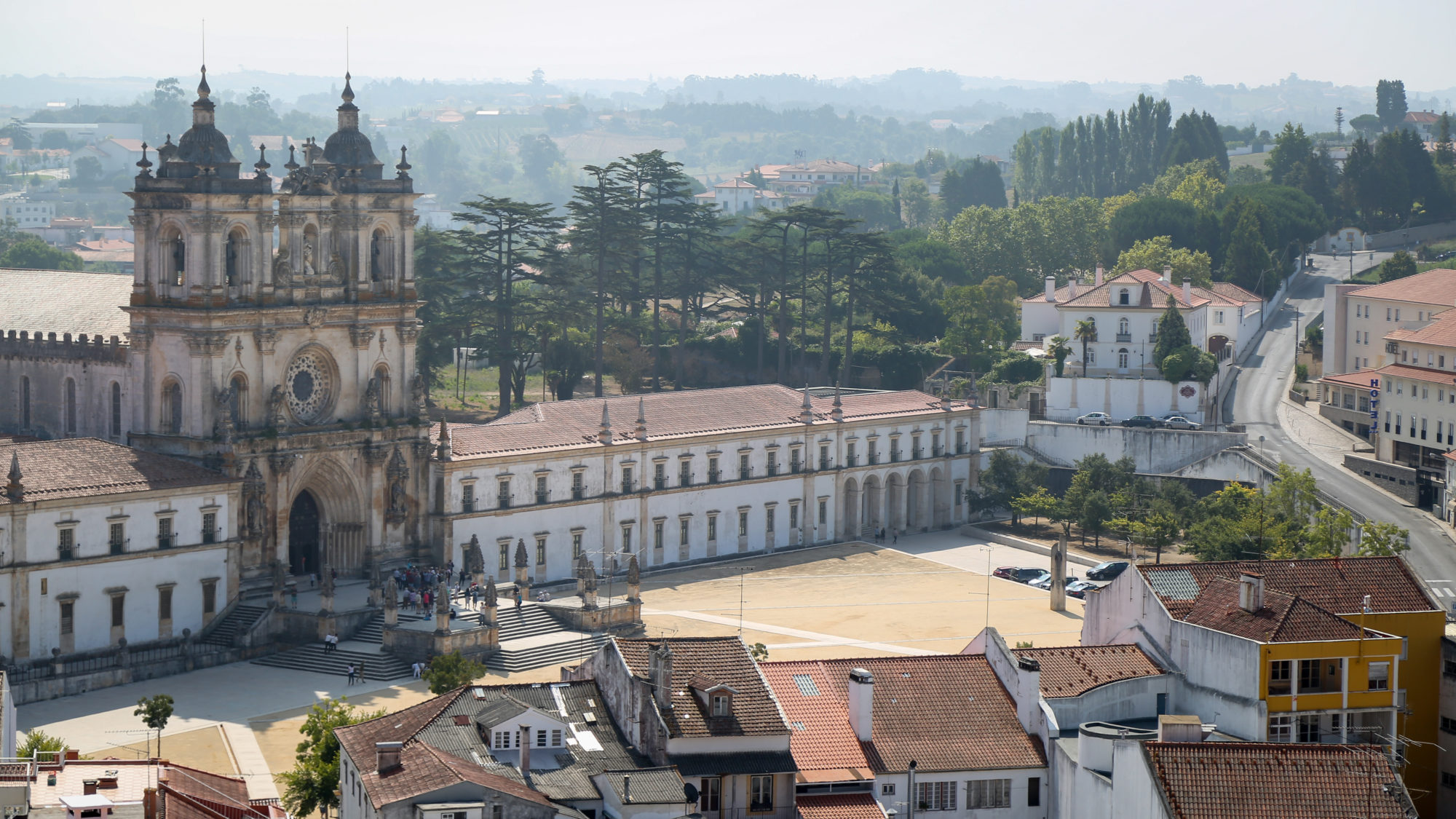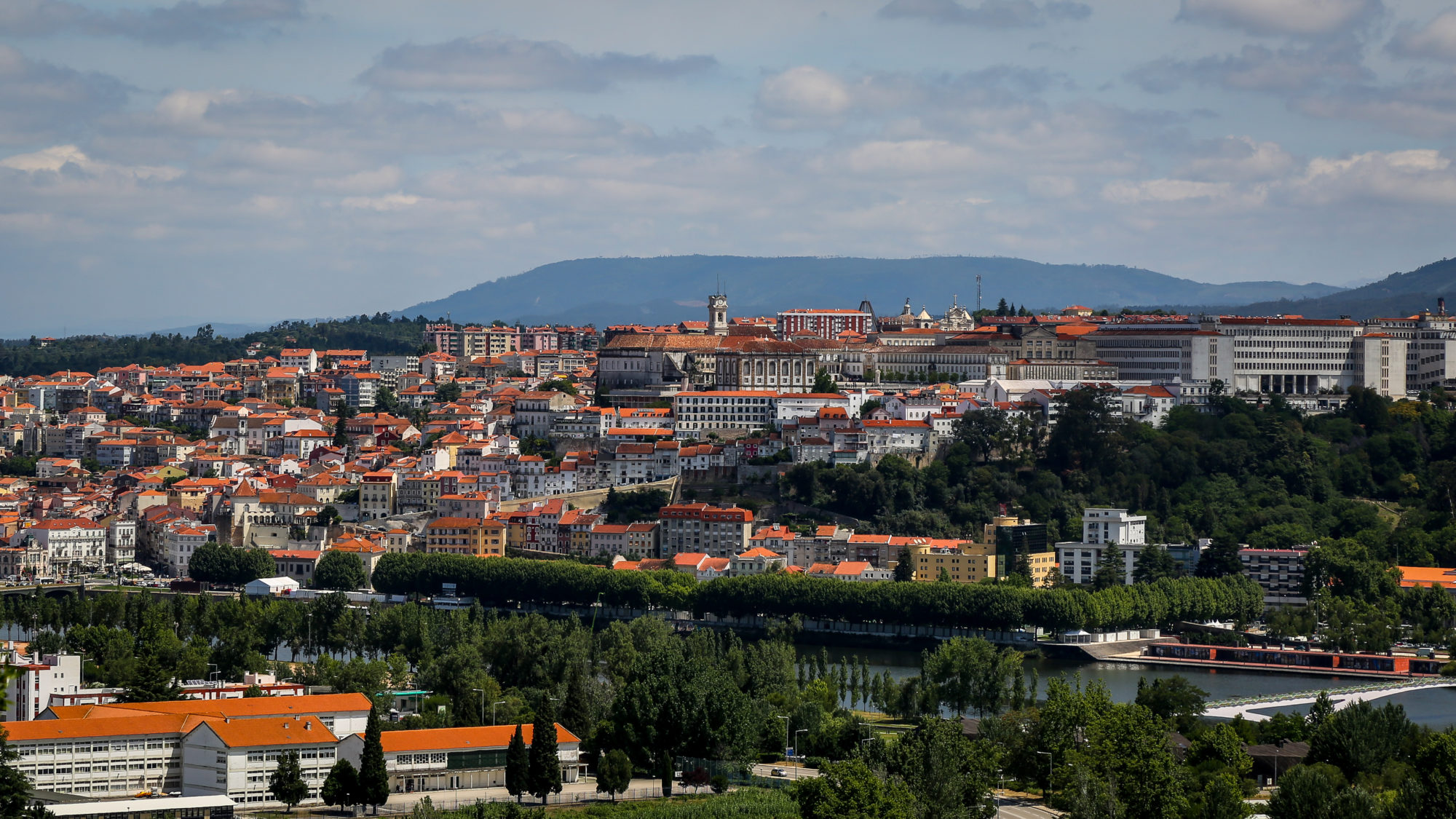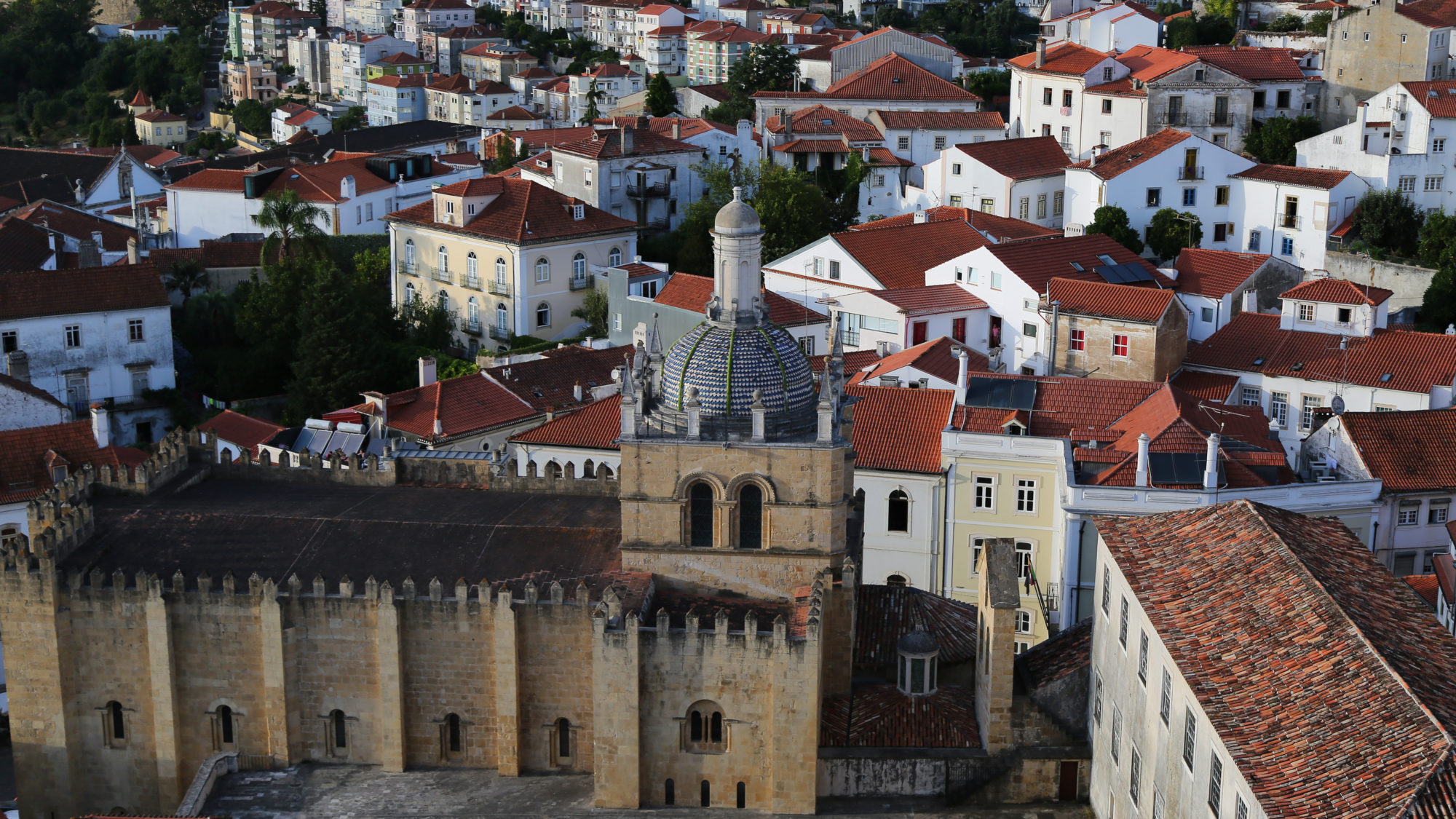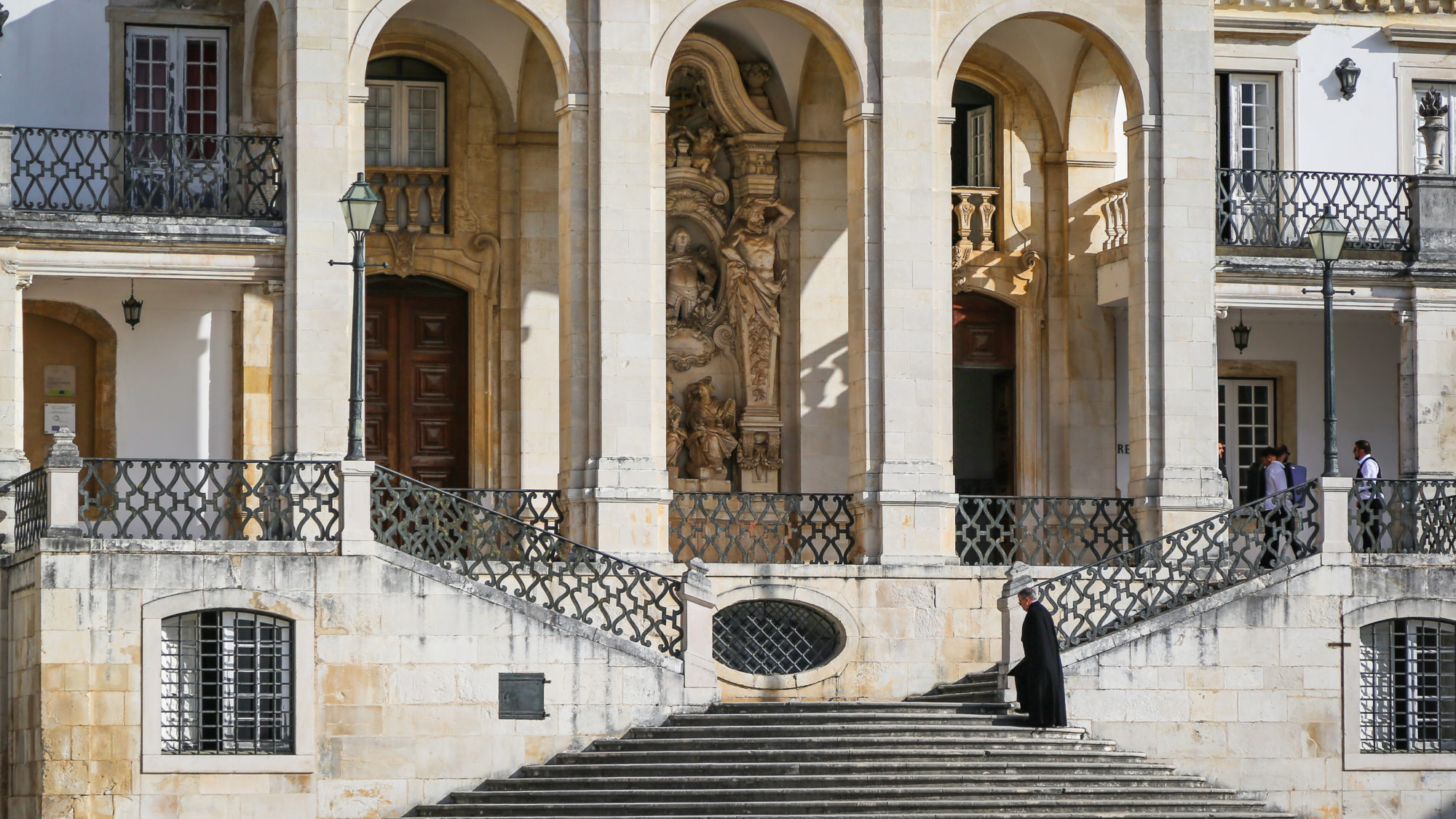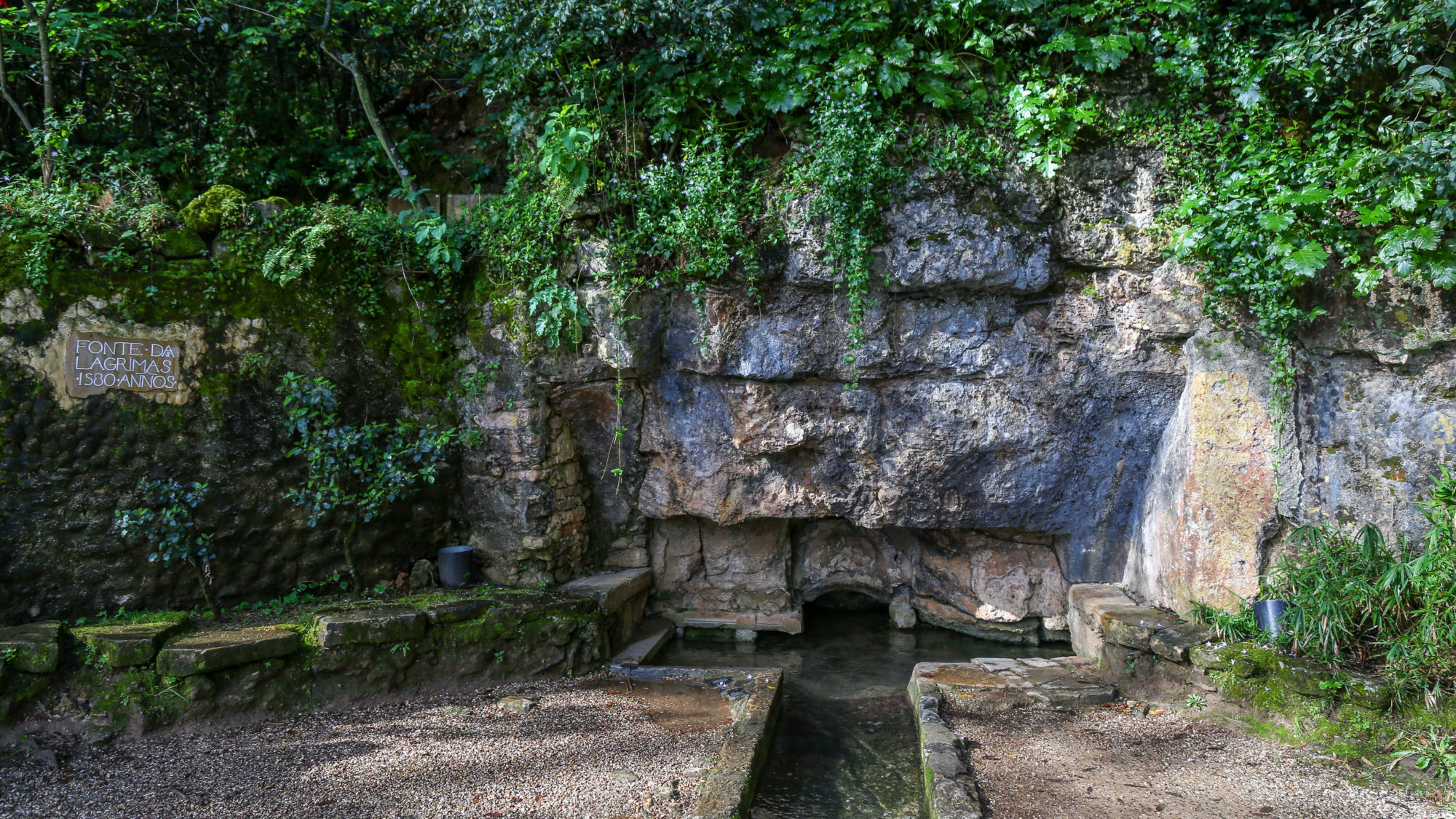Forbidden Love, Portuguese Style
When I travel to places I don’t know, I like finding the threads that bind destinations together. This exercise in dot-connecting led me recently to follow the trail of one of Portugal’s most popular, and bizarre legends.
Alcobaça, about an hour or so north of Lisbon, is a quiet town with an outsized history and Portugal’s most emotive gothic church and monastery. Coimbra, another hour or so drive northeast (right at about the halfway point between Lisbon and Porto off the main highway) is Portugal’s oldest and liveliest university town. Coimbra U. is to Portugal what Oxford is to the UK. I couldn’t see how they were connected until I stumbled on the love story of Pedro and Ines.
250 years before Shakespeare penned Romeo & Juliet, a story unfolded in the Portuguese royal court with all the juicy elements: forbidden love, deception, tragedy, heartbreak and revenge. It’s a story well known to the Portuguese, as anyone can attest who has read the epic poem by Luis Camoes, O Lusiadas, and that includes basically everyone in Portugal who’s ever been to school. In this obscure chapter in the royal history of Portugal, Spain plays the part of the tale’s Capulet to Portugal’s Montague.
Pedro, son of King Afonso IV, was prince and heir apparent to the Portuguese throne. Afonso was enraged at the offence caused by King Alfonso XI of Spain, who had annulled his arranged marriage with Afonso’s daughter Maria to marry a widow. Seeking to ally himself with Alfonso’s enemies, he had Pedro marry Constanza, the daughter of a Spanish nobleman who had his own quibbles with Alfonso. Constanza brought with her to the royal court a lady-in-waiting by the name of Ines de Castro, from a Galician noble family, who had ties through illegitimate unions to both Portuguese and Spanish royal families. You can guess what’s coming. Pedro had eyes only for Ines, and began a secret love affair with her for years, even as Constanza gave birth to the legitimate Fernando (the future King Ferdinand I of Portugal), while Pedro and Ines had several illegitimate children of their own.
Constanza died soon after childbirth, and with the real threat to relations between Portugal and Spain that Ines and Pedro’s affair had caused, Afonso tried to get his son to marry another princess, to no avail. He and Ines lived together in secret for years until Afonso became fed up with the situation, and ordered Ines’s assassination in Coimbra in 1355.
Outraged with grief, Pedro waged a war of attrition against his father for years, which ended with Afonso’s death and with Pedro assuming the Portuguese crown. He then actively pursued Ines’ killers, put them on trial, and then supposedly (stop reading here if you’re sensitive to violent acts), “ripped the hearts out” of the attackers with his bare hands.
One can never accuse the Portuguese of lacking creativity when seeking revenge. Pedro, unsatisfied with these brutal reprisals, claimed that he and Ines had married before her death in secret and she was therefore the de facto Queen of Portugal. He had her body dug up from its resting place in Coimbra, and put on display at the royal court, obliging the nobility (particularly the cupcakes who’d sided with his father) to kiss her feet. No wonder Pedro’s nickname, depending on who’s side you’re on, was “The Cruel” or “The Just”. Ok, this last part of the story is hotly disputed and may never have taken place, but as the saying goes, “don’t let the truth get in the way of a good story”.
Pedro eventually came to his senses (or just couldn’t stand the stench anymore), and at the monastery of Alcobaça, had two sarcophagi carved, placing her body in such a way so that with both laid to rest they would be positioned to face each other on the day of Resurrection.
Why have I dipped into the tangled history of Portuguese royalty and this macabre tale? Because two places should be on any itinerary for any deep-reaching Portugal trip particularly if you love history, architecture, and gardens. The first are the tombs of Pedro and Ines in the spare but stunning Alcobaça monastery, built by Cistercian monks shortly following Portugal’s Reconquista. The carving on the tombs is no less spectacular, and Alcobaça remains wonderfully tranquil particularly in the early mornings or late afternoons, when the few coach tours that include Alcobaça on their itineraries have long continued on.
The other is the botanical garden where according to legend Pedro and Ines would meet in private. Sappy as it sounds, it’s the place in Coimbra where students from the University have long held a tradition to meet and steal a kiss. The botanical garden is public, but under the management of the Quinta das Lagrimas, Coimbra’s stately five star boutique hotel. The name belies the incredible love story, as it translates to, “the Manor of Tears”.
Why no one in Hollywood has picked up on this story remains a mystery to me, but some lesser known plays and music inspired by the tragic story of Pedro and Ines (besides the Lusiadas) are out there, including some wonderful pieces such as a pasodoble by Spanish singer Carmen Morell, or a phenomenal Requiem by young Portuguese composer Pedro Macedo Camacho, underscoring how the legend carries on into popular Portuguese culture even today.
Sebastian loves his dots and threads, and will go to great lengths to weave you a wicked Portugal trip. Contact him to get started.






